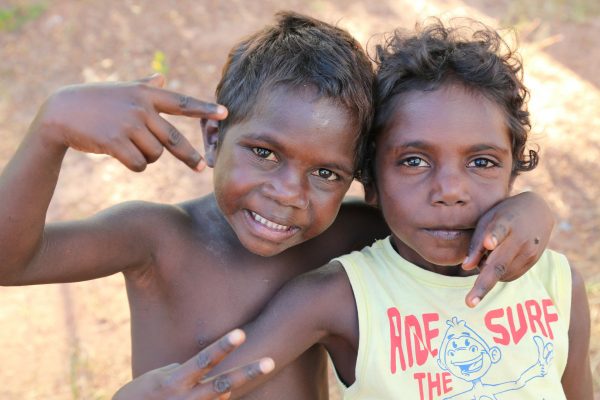First Nations children under 2 most at risk of ear disease,but progress being made

First Nations children two years of age and under are most at risk of ear disease, however headway is being made in combating this, new data from Hearing Australia has shown.
Otitis media (more commonly known as a middle ear infection) in Aboriginal and Torres Strait Islander children remains among the highest globally, and those aged two years and under have a much higher risk of being undiagnosed.
As part of its HAPEE program (the Hearing Assessment Program – Early Ears), Hearing Australia recently analysed the hearing assessments of 19,000 First Nations children across the country, with some concerning findings including:
- More than 26 per cent of children assessed were found to have undiagnosed ear disease and one-in-five had undiagnosed hearing loss.
- Children under two years have more ear trouble than older children, and those in very remote locations have more problems than children in regional or metro areas.
With significant evidence showing that hearing loss in young children can impact their learning and development, the findings will be of interest to those in the early childhood education and care (ECEC) sector who work with First Nations communities.
“The good news is we are making headway in seeing children and getting them the help they need,” Yorta Yorta woman Kirralee Cross, from Hearing Australia’s First Nations Services Unit, said.
“In 2022-23, we assessed 14,435 First Nations children, the most in any year since the HAPEE program began in 2019. The data also shows that, while some 60 per cent of children have better hearing health when seen at a follow-up appointment, more needs to be done to improve community awareness of the importance of ear and hearing health.”
Ms Cross would like to see ‘a paradigm shift’ to tackle otitis media among First Nations children.
“Ear infections are common in children but for First Nations children they typically occur more often, start very early in life and last longer”, she said. “There’s an urgent need for action at many levels – from the health system, service providers, practitioners, and parents/caregivers. First Nations cultures are traditionally shared through language, dance, song and art. So, not only do we need to ensure our children can hear well to learn, but we also need our children to hear well to learn the stories being passed down by Elders to help keep our culture alive.”
Getting hearing checked regularly, even in the absence of any concerns or signs of hearing loss, is vitally important in First Nations communities, she continued.
“Middle ear disease can be difficult to detect; there may be no symptoms like earache or fever. Which is why we also urge primary healthcare providers to assess ear health early, effectively, and regularly, to identify First Nations children with persistent problems, and get appropriate treatment and support in place,” she added.
Popular

Workforce
Quality
Practice
Provider
Research
How one teacher is using Little J & Big Cuz to build empathy, understanding and confidence in First Nations learning
2025-12-08 07:15:19
by Fiona Alston

Quality
Policy
Practice
Provider
Economics
Research
Workforce
NQF Annual Report 2025: Quality gains continue, but sector faces compliance pressures and persistent equity gaps
2025-12-10 07:21:19
by Fiona Alston

Research
Provider
Intentional science play: a three‑stage pathway to foster children’s scientific literacy in the early years
2025-12-10 07:45:26
by Fiona Alston
















